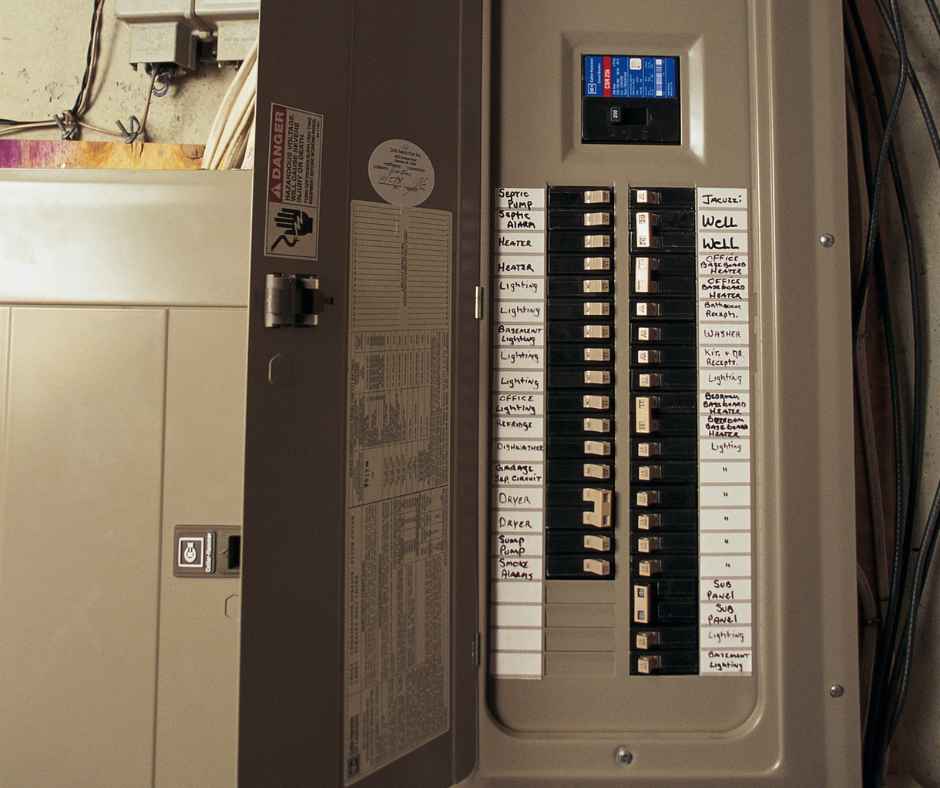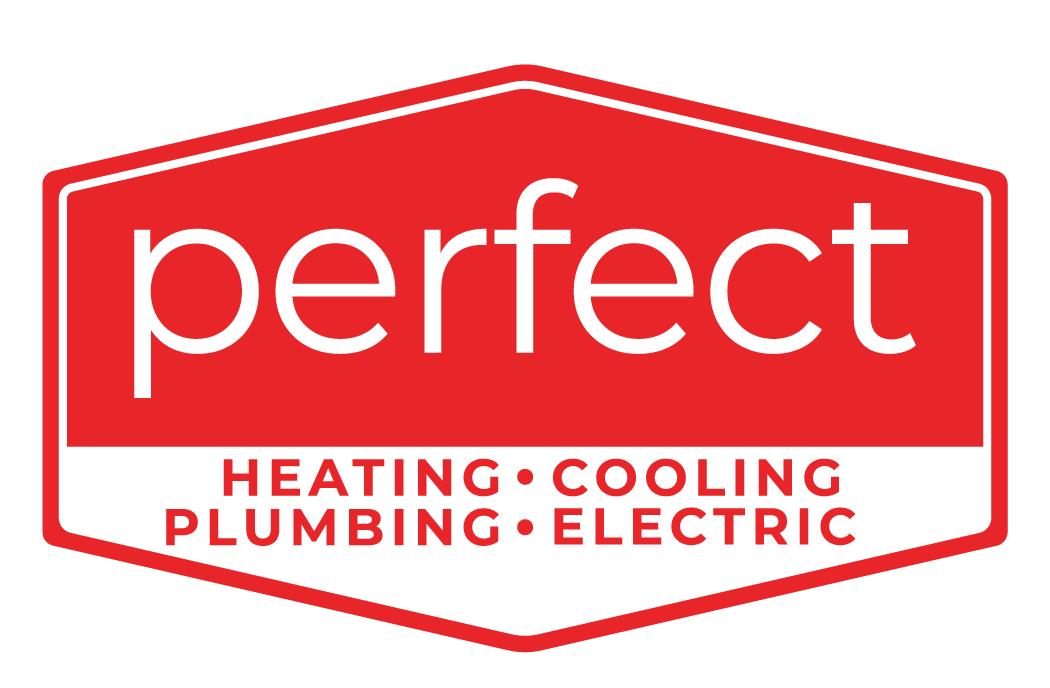
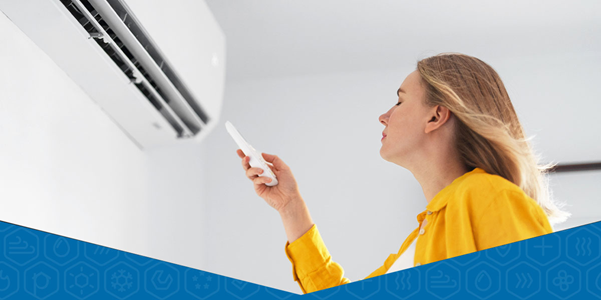
How to Prepare Your Air Conditioner for the Aurora and Naperville Summers
April 18, 2024
Summer temperatures in Aurora and Naperville can reach highs of over 80 degrees Fahrenheit, so you want to ensure your AC unit is working properly before the temperatures climb to these humid highs.
Here, we’ll discuss the importance of AC tune-ups and maintenance tips to help you keep your system in optimal condition.
Reasons to Tune Up AC for Summer
When winter turns to spring and summer approaches, scheduling an AC tuneup ensures the unit is ready for use. Here are five benefits of prioritizing summer AC maintenance:
- Lower electricity bills: During warm summer months, you’ll likely run your air conditioning unit frequently. This can lead to higher electricity consumption. By tuning up the unit before the summer heat arrives, it will run more efficiently and consume less electricity. Regular cleaning can reduce energy consumption by up to 15%.
- Fewer breakdowns: Maintaining up your AC unit ensures working parts are less likely to fail during frequent use. Tune-ups let you repair and replace various components to ensure the unit endures less wear and tear and can run smoothly throughout the summer.
- Lower repair bills: If you do need to repair the unit, the repair costs will be lower if you prioritize regular maintenance. Because maintenance tuneups address the more costly problems like airflow problems and replacing parts, it’s less likely the unit will need major repairs.
- Extended AC life span: Regular maintenance will also extend your unit’s life span by preventing breakdowns and letting you fix things before they become larger issues.
- Enhanced air quality: During months when the AC is not running, dust and debris can build up and settle in the components. When summer arrives and you turn the unit on, all the build-up is released into the air, harming air quality. A routine tune-up will clear dust and debris, ensuring optimal indoor air quality.
Preparing Your AC for Summer
For an air conditioning unit to work correctly, you must regularly check its components. A general AC unit tuneup should include these essential actions:
Clear Debris From the Condenser
The air conditioner’s condenser is the outdoor component that collects heat from within the home and dissipates it. This unit uses high-pressure and temperature refrigerant vapor to condense and expel heat. Whether the AC is running or not, debris can accumulate on the condenser unit because it is located outside and exposed to dirt and weather.
Clear visible dirt and debris like moss, twigs, leaves and anything else that may be building up on the exterior condenser unit.
Clean and Fix the Condenser Fins
Turn the AC unit off and flip the circuit breaker switch off. You must remove the condenser unit’s top grille using a cordless drill. You will also remove the condenser fan assembly when removing the top grille. Make sure the fan wires remain connected to the condenser. Look for the condenser coils inside the unit.
The condenser coils are tubes that run through the thin aluminum fins. Inspect the fins using a flashlight. If you notice any damage, you can use a fin comb to straighten them. Otherwise, contacting an AC maintenance and repair service to repair the fins is best. If there is no damage, you can clean the components. Be careful not to touch the fins with your hands when cleaning them. Instead, gently clean the them using a soft bristle toothbrush.
Clean the Condenser Coils
The condenser coils are tubes that run through the fins. These metal tubes can become dirty over time — cleaning them properly requires a special solvent.
Spray AC foaming coil cleaner on the coils and wait about 20 minutes for the solvent to go to work. Then, spray the foam off with a garden hose sprayer. Avoid using a direct jet spray, as the water pressure might damage the aluminum fins.
Inspect the AC Condenser Unit Pad
The AC condenser unit rests on a concrete or composite rubber pad. This pad ensures the unit is level and raised enough to prevent water damage from puddles. If the unit pad is cracked or unlevel, the conder unit is at risk of major damage.
Inspect the pad to make sure there are no visible cracks or breaks in the material. Use a bubble level to make sure the unit is level. Place the bubble level on top of the unit in the center. If the bubble is in the center of the liquid, the unit is level. If the bubble lays on either side of the liquid instead, you’ll need to contact a maintenance and repair service to replace the unit pad.
Replace the Air Filters
A common reason for loss of airflow in an AC is dirty, blocked or damaged air filters. Because these filters catch dust and other particles to improve air quality, they become clogged over time due to the buildup.
Locate the box-shaped air handler cabinet to find the air filter. It’s generally best to replace the filters rather than attempt to clean them. You can use the size markings on the original filter to find a suitable replacement and swap the old one for the new one.
Your home’s air return vent may also have an air filter to replace. You’ll need a cordless drill to loosen the screws on the return vent cover if so.
Clean the Vents
The AC vents on the floors, walls or ceiling can clog over time. Pet dander, dust, spider webs and other debris can accumulate in the vents. Even if the AC unit seems to be working, this debris can impact air quality and irritate allergy symptoms.
To clean the vents, attach a brush hose to a regular household vacuum cleaner and brush the vent covers gently to pull the debris out.
Clear the Ducts
Ductwork runs from the air handler to the vents and from the air return to the air handler. The ductwork is typically contained inside a home’s walls, ceiling or floors.
It’s not always necessary to clear out the ductwork, although if you notice foul smells, mold, mildew or even dead animals could be a concern. Because the ductwork is embedded in the home’s structure, it’s wise to reach out to a professional service the moment you notice unpleasant odors seeping through the vents.
Reset the Thermostat for AC Use
The settings on your thermostat should change with the seasons. If you don’t yet have a smart thermostat, you will have to manually adjust the temperature settings. While setting the thermostat to about 68 degrees is suitable for cold winter months, the setting should be higher in summer. For warm Aurora and Naperville Summers, a thermostat temperature of 78°F is ideal when at home.
Schedule an Appointment With Perfect Home Services

While a general AC tune-up will keep your AC unit running smoothly, a thorough maintenance check performed by professional air conditioner services will optimize AC performance and prolong its life span. At Perfect Home Services, we offer thorough AC maintenance and repair services that inspect every component of the AC unit.
Contact us online to schedule air conditioner services to prepare your AC unit for summer.
Linked sources:
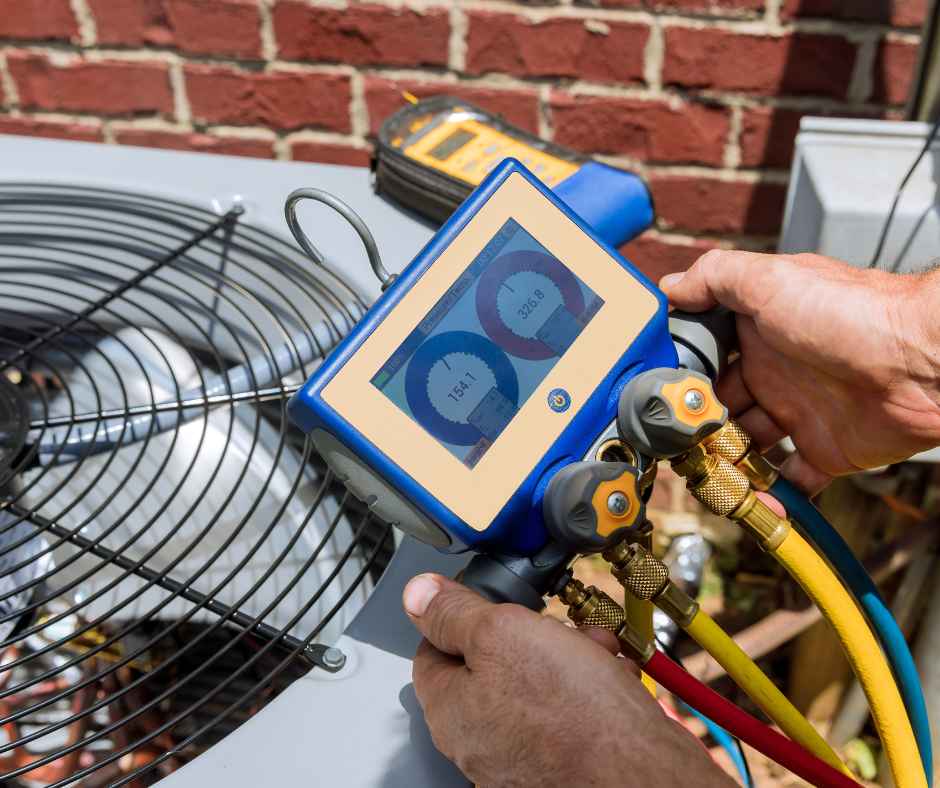
Should I Repair or Replace My AC?
June 4, 2025
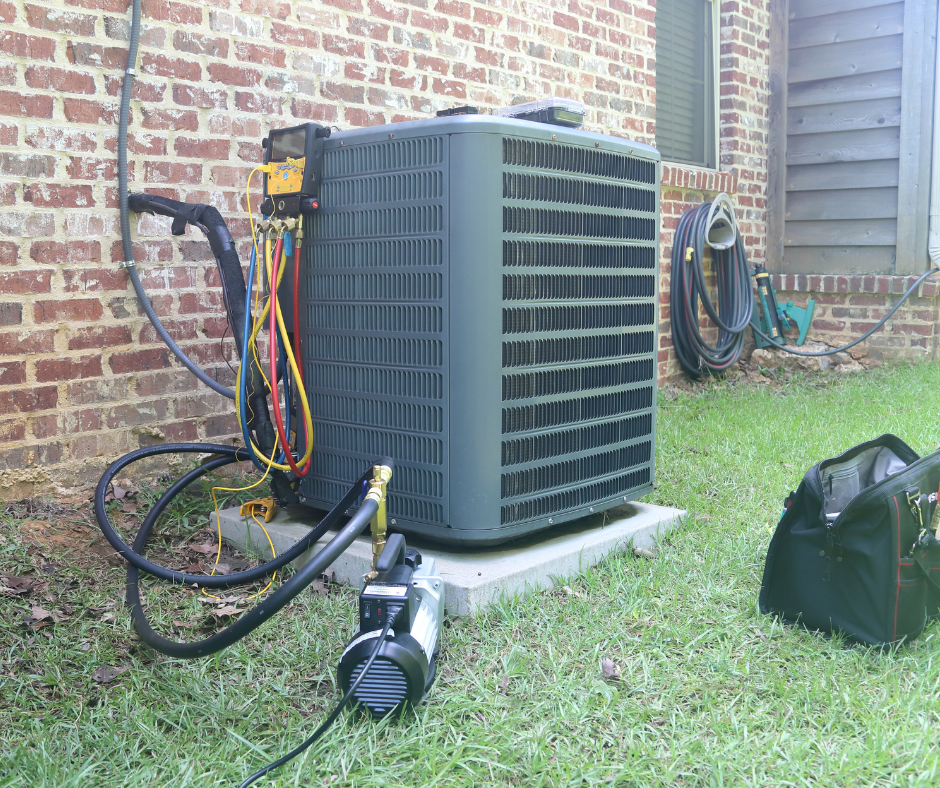
Why Is My Air Conditioner Running But Not Cooling The House?
May 8, 2025
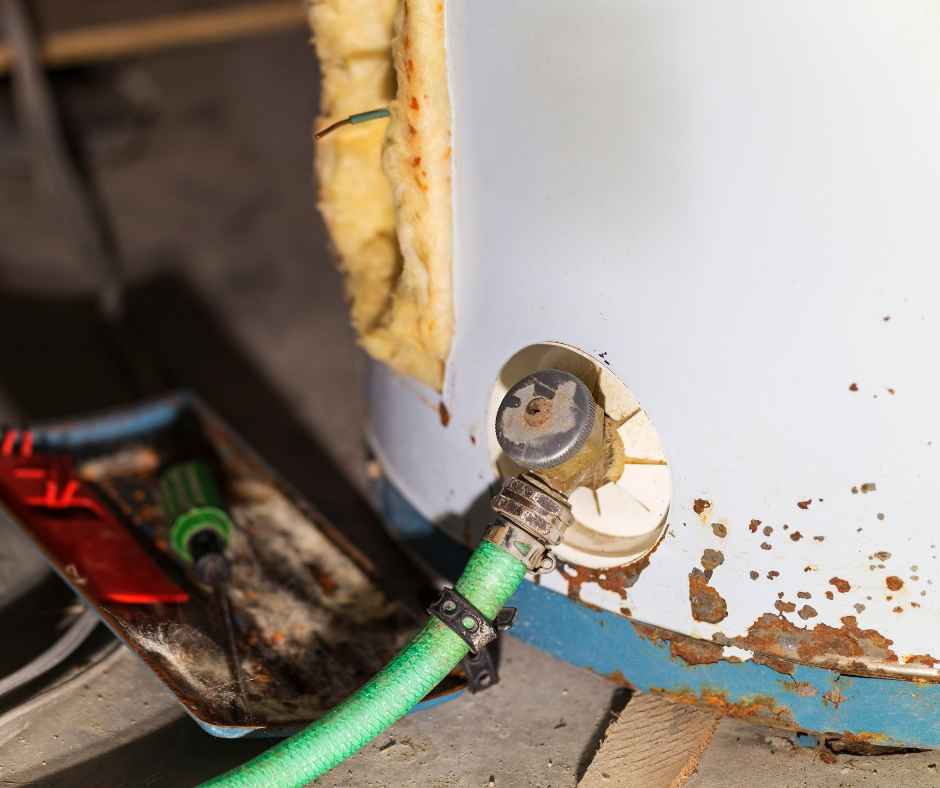
How Long Does a Water Heater Last?
April 10, 2025
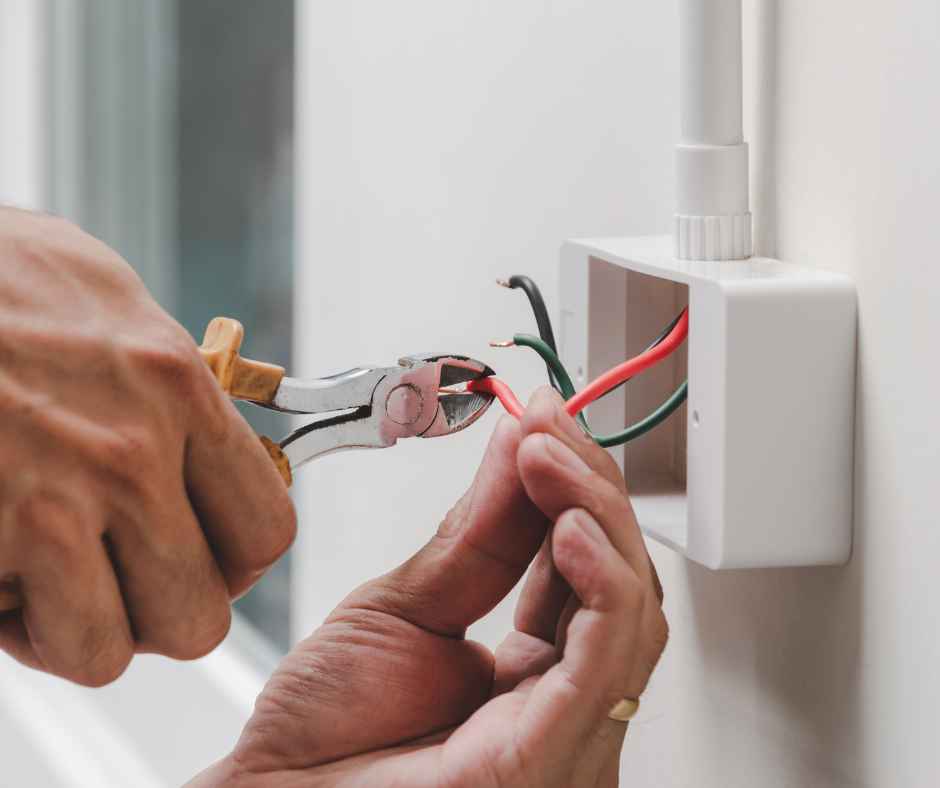
How to Troubleshoot Common Electrical Issues in Your Home
March 13, 2025
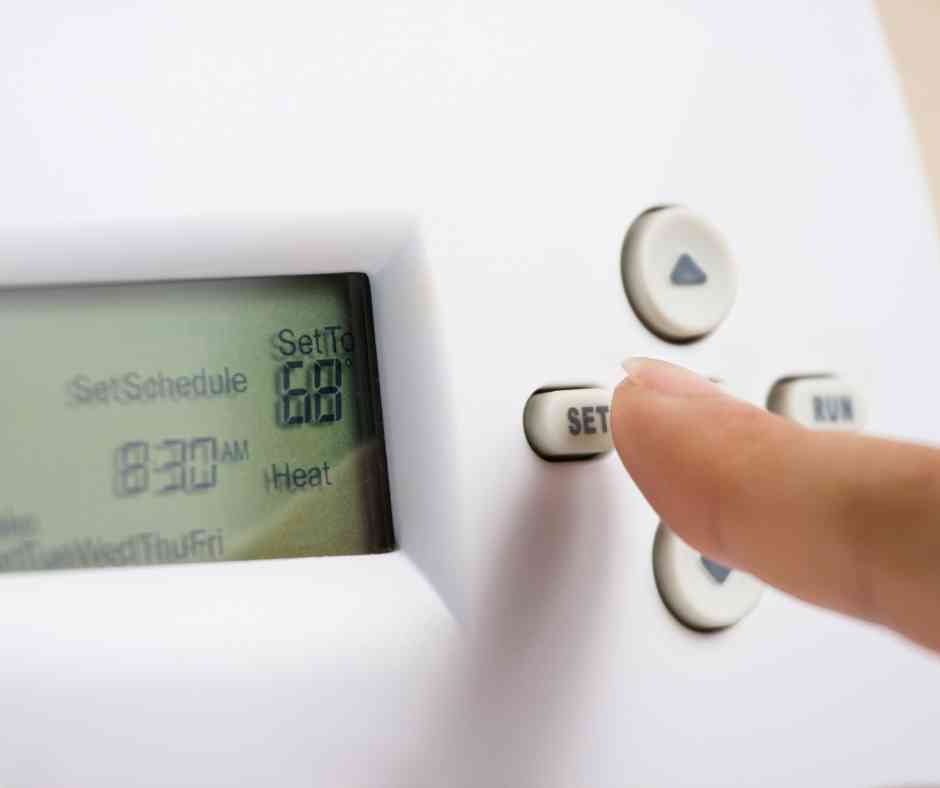
What Does Hold Mean on a Thermostat?
February 13, 2025
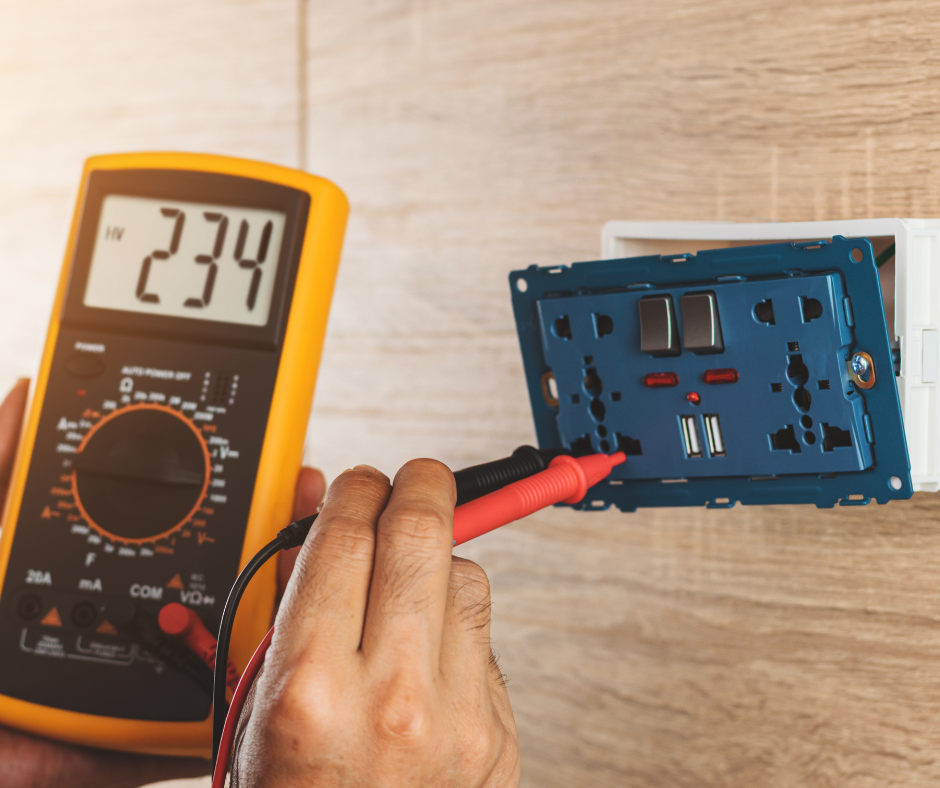
Home Electrical Inspection Checklist
January 6, 2025
